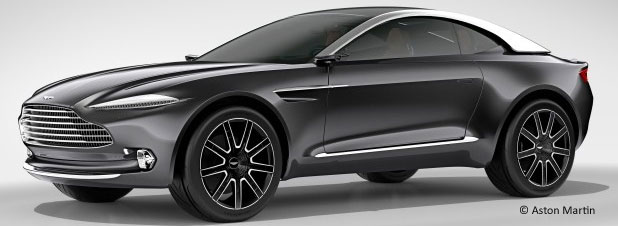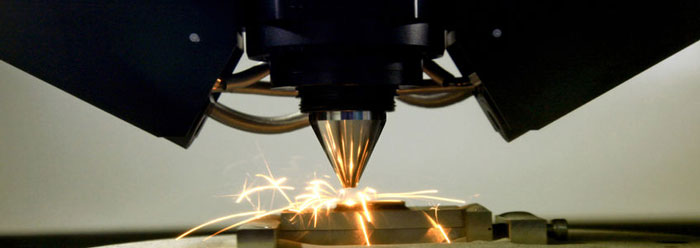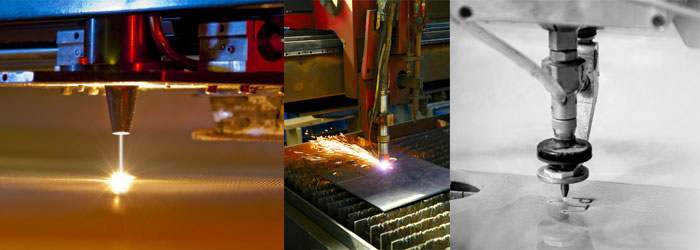Earlier this year we reported on the great news that Aston Martin had decided that St Athan in Glamorgan was to be the site for their new facility in South Wales. There were more than 20 sites worldwide under consideration but a host of positive factors meant that St Athan was the ideal choice. This week the sale of the land was finalised and the official green light on the development given.
Work has already begun on the first phase of the development which includes building reception areas, offices and a staff restaurant. Phase 2 which includes access to the super hangars that will house the manufacturing arm of the site is planned for April 2017. Local welsh firm TRJ Contracting has been awarded the contract for the works.











Recent Comments